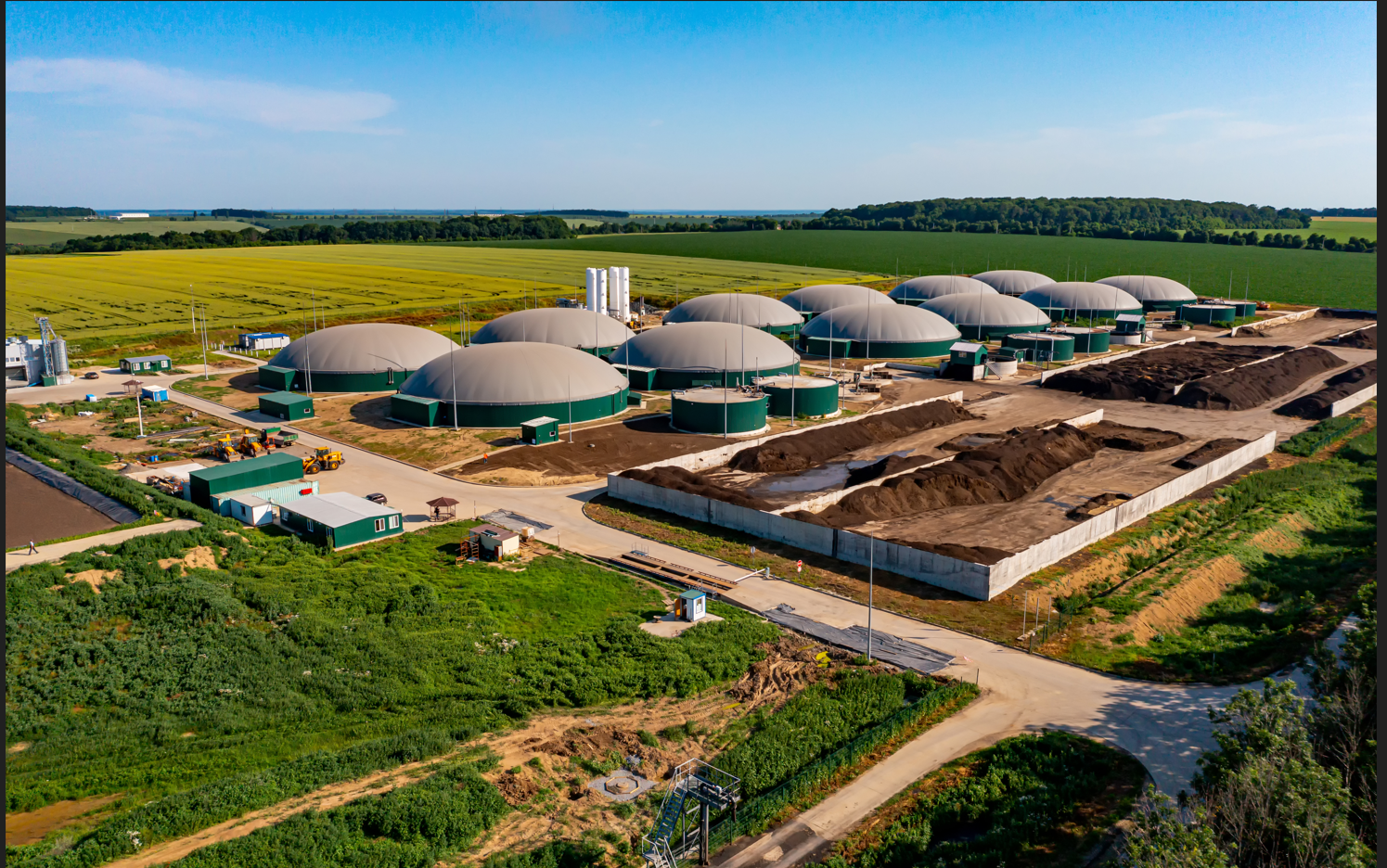Since the start of the industrial revolution in the mid-1700s, atmospheric CO2 levels have risen alarmingly, breaking records almost every year. As per the World Economic Forum report, atmospheric CO2 levels have risen to 417 ppm, which is a 50% increase as compared to the pre-industrial revolution value of 287 ppm. With the rise in CO2 comes global warming, as evident by the ever-increasing duration and intensity of heat waves. The ice in the Antarctic is melting 5 times faster than it was during the 90s. The glaciers in the Hindukush Himalayan (HKH) region are melting at an alarming rate of 15 metres per year. The HKH assessment report by the International Centre for Integrated Mountain Development (ICIMOD) indicates that HKH glaciers may loose 10–30% of their mass by 2030. The loss in glacial mass directly impacts the water availability in rivers which are fed by these glaciers, resulting in a decline in fresh water globally and, consequently, agricultural produce. Thus, global warming will lead to a global lack of food and fresh water too.
Human civilization needs to focus more on sustainability than profitability, and to achieve that, we need to look for renewable sources of energy. Even renewable sources of energy can generate pollutants when burned, and therefore the world is focusing on green hydrogen now. The energy generation process from Hydrogen releases only water as by product, which means the decarbonisation of any process where fossil fuel was previously used.
Traditional methods of hydrogen production involve carbon emissions; hence, conventional methods of producing hydrogen, like coal gasification or electrolysis of water using energy derived from fossil fuels, cannot be utilized. Conventional methods will simply mean shifting carbon emissions in the process chain to the production cycle from the consumption cycle. Herein lies the advantage of green hydrogen, as it is produced via electrolysis of water, and the electricity for the process comes from renewable sources.
The energy requirements of the world are increasing exponentially as our way of life becomes more and more dependent on electrical and electronic devices. As per the International Energy Agency (IEA), global energy demand will increase by 25–30% in the next 20 years. The world’s energy needs can be met by making hydrogen in ways that don’t release carbon dioxide. This can also help with the problem of global warming.
The world’s current energy consumption is around 527 exajoules, with India consuming around 30 exajoules of energy yearly. In India, 55.3% of energy is sourced from coal, while 27.6% is sourced from oil. Considering that India imports 80-85% of its fuel, it is high time that India should look for alternative and indigenous fuel sources. India has high biogas generation potential and high hydrogen generation potential too.
Green Hydrogen is easy to store in the form of hydrogen, easy to transport and helps reduce global warming, but it can be produced at a high cost and doesn’t have many players who have infrastructure for the same.
The Indian government has already set in motion the hydrogen roadmap as announced on the 75th Independence Day by the Hon’ble Prime Minister Shri Narendra Modi. India will try to achieve its goal of making 5 million tonnes of hydrogen by 2030. This can be achieved with the Government’s support in the form of several incentives, such as a 25-year waiver on interstate transmission fees, priority in connecting to the grid, and open access to the cheapest renewable power on the market within 15 days of a request.
The targets are also in line with India’s aim to achieve net-zero emissions by 2070 and increase the share of renewable power to 50% by 2030. Interestingly, major players have already entered the green hydrogen field. Reliance has teamed with Sties dale A/S for electrolyzer manufacturing, as has Ohmium International and Greenko. Other players like the Adani group, JSW group, Tata, and the OMCs are entering into hydrogen production with full force.
We can see the green hydrogen sector flourishing and thriving in the coming years, and possibly even being catalysed by the government’s already strong impetus on Bio-CNG. It’s important to know that power from biogas plants can help make green hydrogen or can be used to make hydrogen itself by steam reforming the Biogas/Bio-CNG.
Source :
https://timesofindia.indiatimes.com/blogs/voices/how-green-hydrogen-can-decarbonise-the-future/



